Despite struggling to draw digital audiences, a dance company persists in the pandemic
A year ago, the circuit breaker seemed the final nail in the coffin of the T.H.E Dance Company. But its founder has defied the odds so far. He shares how in the CNA Insider special, Surviving Recession: How 12 Singaporeans Weathered COVID-19's Economic Fallout.
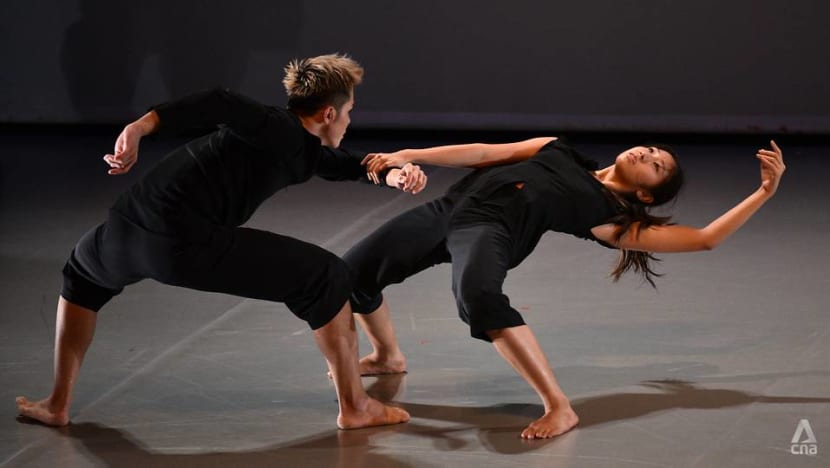
COVID-19 dealt a big blow to the T.H.E Dance Company. But its dancers hung on. Photo: Jeremy Long
SINGAPORE: Kuik Swee Boon was visibly emotional as he stood on stage at the Festive Arts Theatre in Our Tampines Hub.
It was February, and it was the T.H.E Dance Company’s first live performance in 14 months.
“It’s been so long. When we first entered the venue, we were overwhelmed … It felt like homecoming,” the company’s founder and artistic director said as he looked at the empty seats that would soon be filled.
While an audience of only 150 could be present in the 400-seat theatre, coupled with a live stream on Our Tampines Hub’s Facebook page, he was content.
“All of us even did a swab test before the show, to show everyone that we care about the safety of dancers and audience members,” said the 48-year-old.
“We also wanted to make a statement that the arts can survive even in such tough times.”
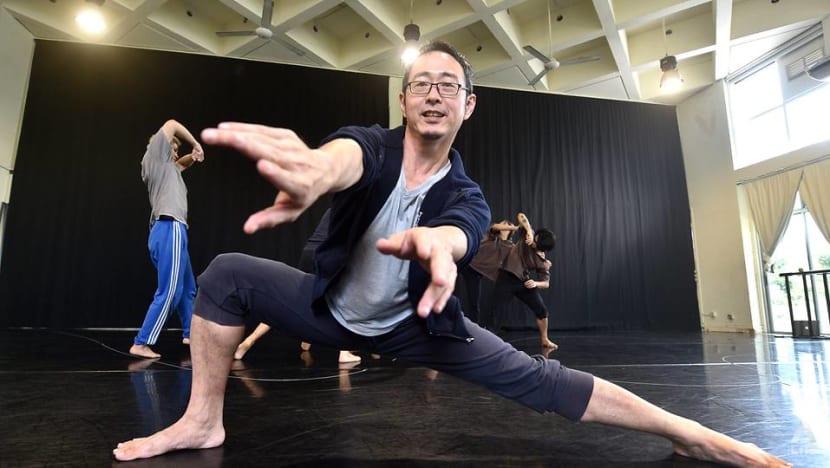
One year ago, the day his company announced its line-up for the M1 Contact Contemporary Dance Festival was the day Prime Minister Lee Hsien Loong announced the circuit-breaker measures. The announcement seemed the final nail in the company’s coffin.
“Very unfortunate and very sad,” said Swee Boon to describe his feelings then.
The company had already cancelled five tours to Italy, South Korea and Japan owing to the worsening COVID-19 situation. These were key activities for showcasing its work to a global audience and for revenue — it earned up to S$35,000 yearly from touring.
Swee Boon held out hope that the local dance festival could still happen, even if it meant reducing the seating capacity. But for the first time, the stage lights went off for performing arts groups like his.
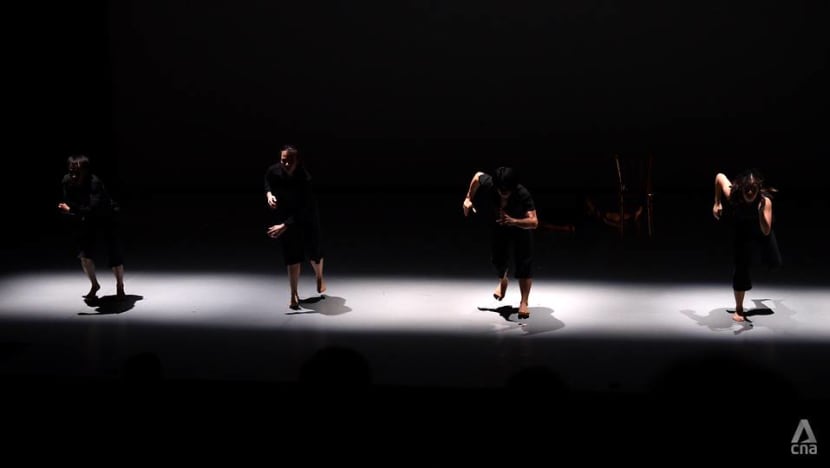
With the festival, dance workshops and other commissioned work postponed indefinitely, T.H.E Dance Company lost at least S$120,000 in potential earnings. The damage was deep, he said.
But he is not one to dwell on what is lost. Over the next 12 months, he had to see the company through a transformation in every aspect: Training, creation and revenue-making strategies.
He is one of 12 ordinary folks whom CNA Insider tracked to find out how the recession has impacted Singaporeans, and how they found a way to pull through.
“You simply have no choice,” he said. “It was during a time when you knew you had to be ready to make changes any time.”
EXPLORE THE INTERACTIVE SPECIAL: Surviving recession: How 12 Singaporeans Weathered COVID-19's Economic Fallout
READ: ‘If I say I’m poor, there’s someone poorer’: Struggling mum of 4 finds time to help others in pandemic
DANCING ALONE AT HOME
With no access to the company’s studio at the Goodman Arts Centre, the first change Swee Boon made was to the dancers’ training regimes while they were stuck at home.
“I definitely could’ve said, ‘Hey, let’s all rest for a month and not work.’ But our bodies are our only instrument, and we need to keep working on our craft,” he said.
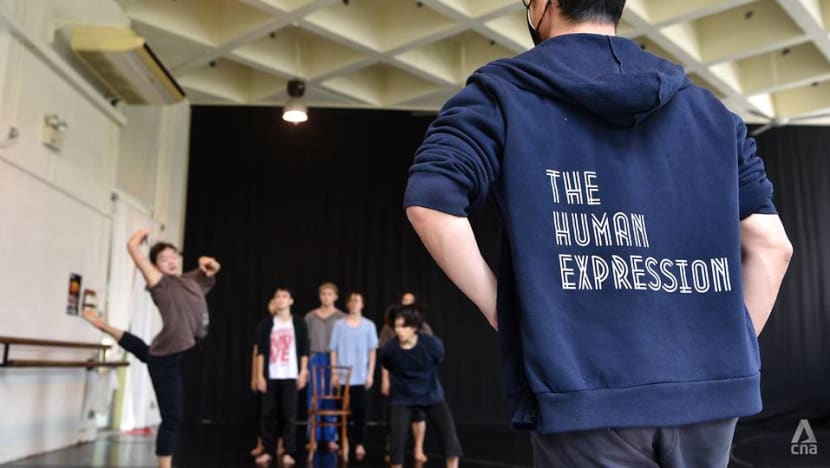
Seeing that the video conferencing app, Zoom, was taking the world by storm thanks to the pandemic, he decided to give it a try.
But this new mode of training was no easy matter; he and his dancers took two weeks to troubleshoot the “simplest things”, like audio delays.
“For example, if I want to give a count together with the music, and I share the piece through my computer audio, there’d be a lag for the dancers,” he said.
It’s as though the instructor doesn’t know how to count the music.
Then came the challenge of checking his dancers’ form, something he used to do up close and personal. With Zoom, they became mere moving figures on tiny, pixelated windows.
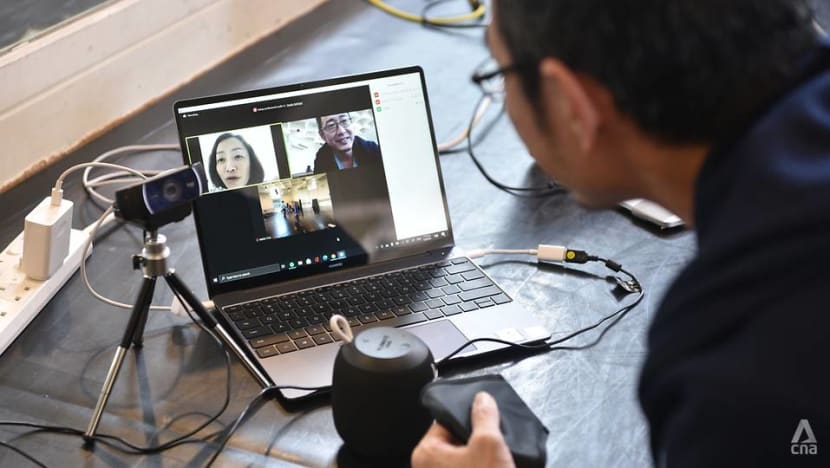
“To see all the details, I was straining my eyes so much and going too close to the screen,” he recalled. “I experienced pain in my eyes for some nights.”
For the dancers, the loss of a suitable training environment was also profoundly felt. Dance studios typically have Marley floors, or vinyl sheets, that absorb the impact when dancers land from a jump.
What they had at home were marble, wooden or concrete floors — hard, slippery and not exactly injury-proof.
Anthea Seah, one of the company’s six full-time dancers, had a recurring lower back injury that was acting up two weeks into practising on a marble floor.
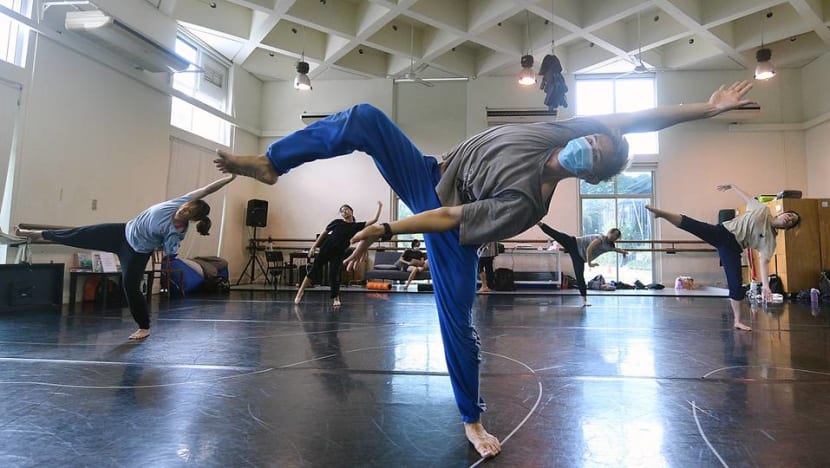
“As dancers, we know how to take care of our bodies, so I dealt with it quickly,” she said. “For now, we can scale down our intensity.”
With limited space at home, grand movements and jumps were out of the question. Instead, movements were simplified and repeated, said Swee Boon, who also requested that the dancers jog twice a week to keep up their stamina.
Jogging was a chance to leave home that Brandon Khoo, another full-time dancer, welcomed during the circuit breaker. “Dancing at home, alone and without an audience, is like dancing to a wall,” the 27-year-old lamented. “It got suffocating and frustrating.”
KEEPING STAFF
One thing Swee Boon was thankful for, however, was that he could keep his job with no pay cut, even as Singapore sank into its worst recession since independence. He knew his friends freelancing in the industry were not so lucky.
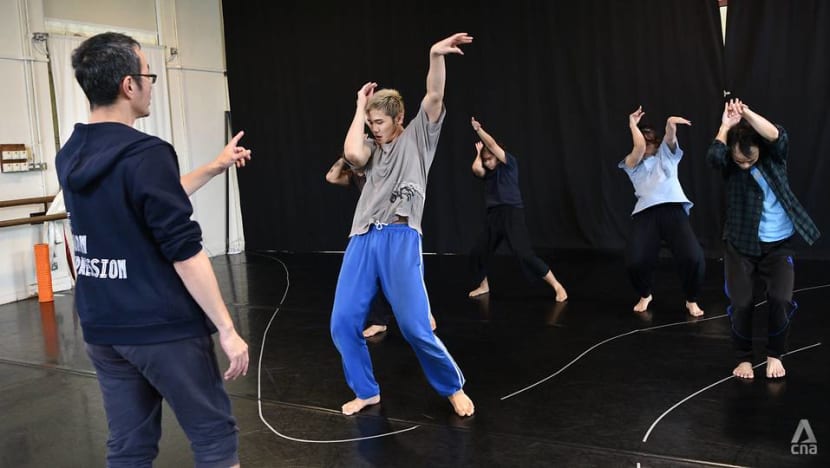
While the company was grappling with the loss of revenue, he was certain no staff was going to be let go and full salaries would continue to be paid. He had more faith in “human capital” than anything else.
The 50 to 75 per cent salary subsidy for local employees in the arts and entertainment sector under the Job Support Scheme (JSS) helped him retain all 13 full-time staff.
But his employees were not his only concern; there were also the local dance artists and production crew members the company was working with before its events were postponed.
“We were also concerned that their income streams would be greatly reduced,” said company manager Athelyna Swee. “We decided that we should pay them at least a third of their fees, even if the programmes didn’t happen as originally planned.”
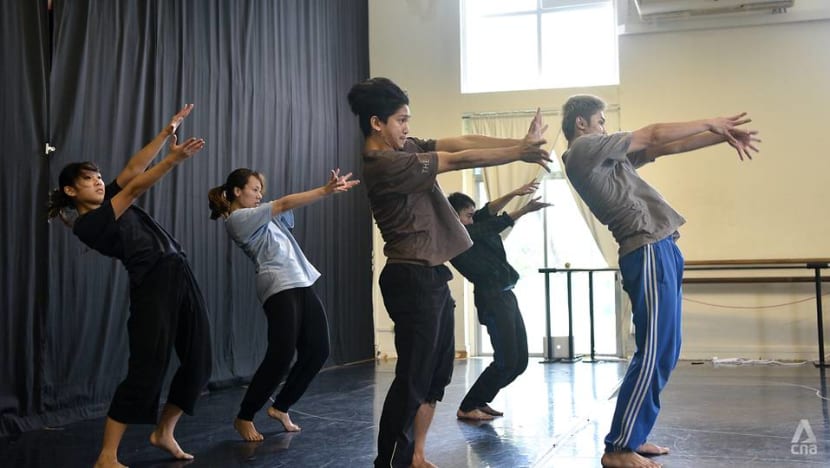
The company then set up a fundraising page to raise S$30,000 by the end of 2020, to also cover certain “sunken costs”, such as set design, incurred owing to the cancelled tours.
In the end, the company raised about S$26,000, which was a feat given the difficulty of raising money for the arts in Singapore, said Athelyna.
“Many people don’t realise that a lot of arts companies are registered charities,” she added. “A lot of them classify dance as media entertainment and assume that we have the money.”
While T.H.E Dance Company is funded partially by the National Arts Council (NAC) — which covers around 45 per cent of its annual expenditure of about S$1.3 million — the other half earned through ticket sales, classes and commissioned work is nonetheless crucial.
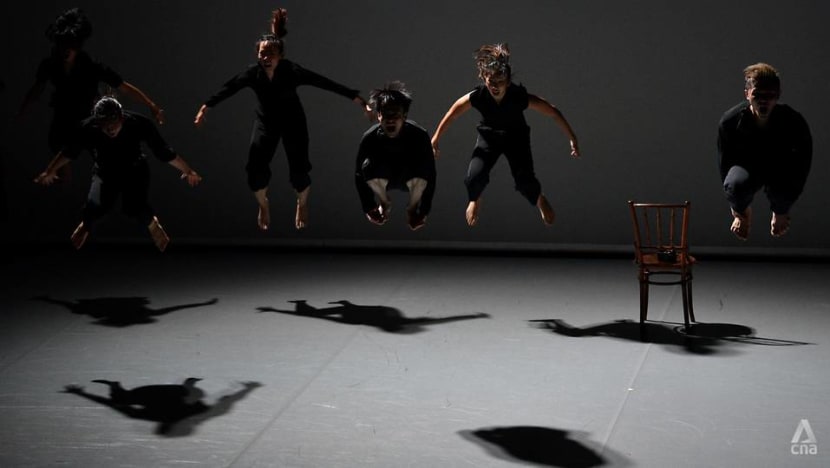
THE COST OF DIGITALISING
To help the arts and entertainment industry survive the pandemic, several lifelines were introduced; for instance, the Arts and Culture Resilience Package with a grant of up to S$75,000 last year to help with operating costs.
The Digital Presentation Grant for the Arts (DPG), meanwhile, provided up to S$40,000 for works presented in digital form — providing a “huge push” for the company to experiment with a medium it was unfamiliar with and to think outside the box.
But the financial worries remained.
“We can’t run away from digitalisation, and the grant served as a start for us,” said Athelyna. “But definitely, we’d very much prefer to have the freedom and assumed maturity to handle grants in a way that we’d deem fit.”
She said the DPG had limitations on what the money could be spent on; for example, the purchase of hardware or software was not included, even though these things could benefit the company in terms of “long-term development of digitalisation”.
When producing a virtual reality (VR) film of an old repertoire, PheNoumenon, to bring the theatre experience to audiences from their studio, the company bought eight VR headsets that cost S$700 each, she cited.
“The equipment can go into building our company’s digital resources,” she pointed out.
WATCH: No audience? Our dance company got creative to find one online (7:15)
The film, shot over four days at the Esplanade, was among seven works the company produced in Phase Two. As Singapore reopened, its dancers immediately got down to work.
“When we first returned to the studio, we were all really happy,” Swee Boon recalled.
There were safe-distancing measures to adhere to, which was “awkward” because it felt like dancing at home, even though the studio was much bigger, he said with a laugh.
But we were grateful nonetheless. And under those conditions, we tried our best to inject a new energy into our work.
The company used the DPG for four projects, while the remaining three digital works were live streams of new creations from the studio.

That was when the company adopted a pay-as-you-wish model, in the hope of finding a sustainable revenue stream through digitalisation. But the results were not promising.
“Because of the economic downturn, many people were losing their jobs and may not have been able to afford a ticket, so we had a zero-dollar option. But we also had S$10, S$20, S$30, S$40 and S$50 options,” said Athelyna.
Yet, only 14 to 15 per cent of the audience for each show paid for their ticket, compared with sales of at least 90 per cent before COVID-19 and at “a much higher ticket price”.
“We earned only S$1,700 in total for live-streamed performances,” Swee Boon noted. “Compared to a typical live show, this is nothing. For a full-fledged live production with three to four shows, we could earn up to S$10,000.”
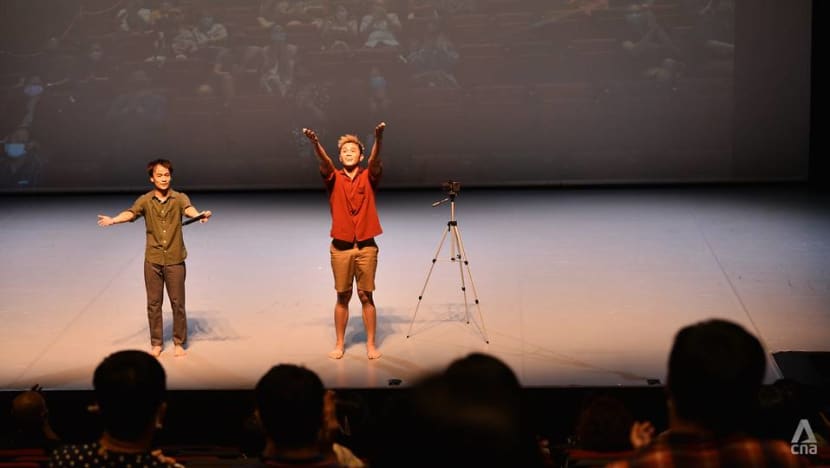
Athelyna added: “It’s hard to get people to pay … Free performances are definitely preferred.”
Furthermore, dance — as a medium of expression — belongs traditionally to the theatre rather than the screen, and Swee Boon cited long-time fans of the company who “refuse” to watch any online performance.
“To them, stuff online is too unrealistic. In a live performance, there’s direct communication between dancers and the audience … It’s a spherical environment. The experience is almost ceremonial,” he said.
To him, “a flat screen” cannot replace the social aspect and human presence that permeate a live show. He added: “Even if 2,000 other people are online with you, it’s just a number. You can’t actually feel them, right?”
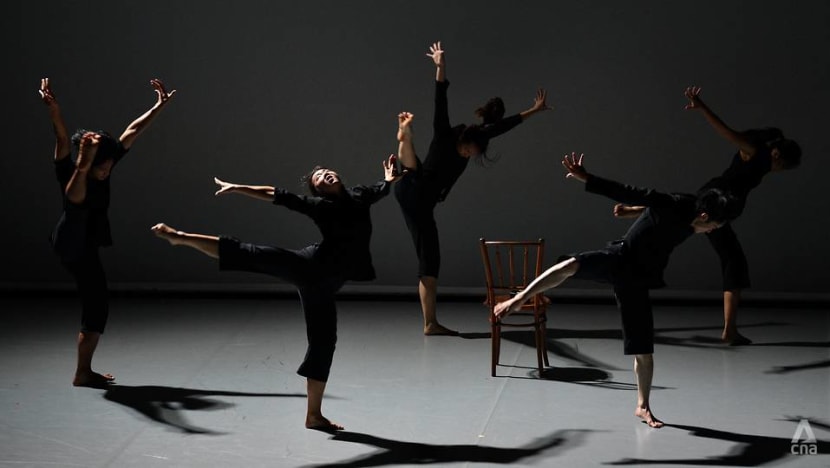
TIME FOR REFLECTION
In December, as part of their reflection heading into a new year, Swee Boon asked his dancers how many of them wanted to discontinue live-streaming of performances.
When every hand in the room shot up without hesitation, he knew everyone was tired and missed simply doing what they do best: Dancing.
They had taken on more roles — videography, photography or handling the live stream — to produce the digital works while reducing expenses. And although they had been “very willing to pivot”, he realised there was a limit to everyone’s energy.
“I went home to reflect, and I learnt that we must admit that … we may not be strong at times,” he said soberly.
Seven works in six months was a feat, he acknowledged. And in his eagerness to connect with audiences again, he might have overworked his dancers.
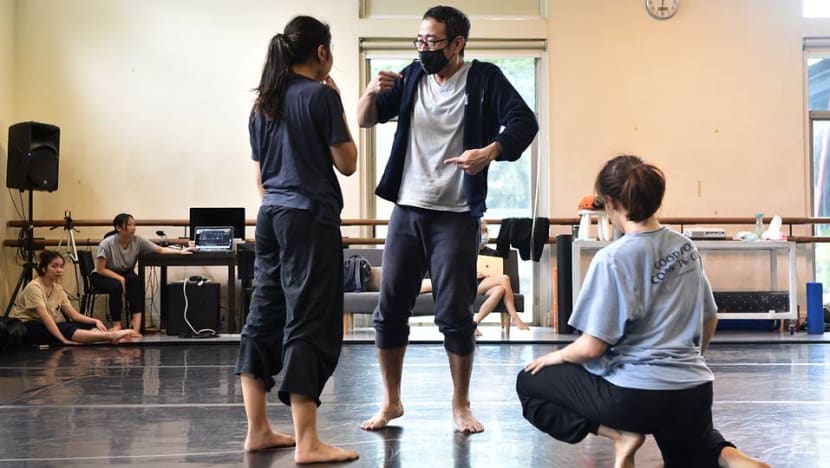
“When we recognised that we have only 24 hours a day, that was when we could better manage the work,” he said.
Despite the “resistance” to live-streaming, he said it is nonetheless necessary.
Even as small-scale indoor live performances at permitted venues have been allowed to resume since November, safe-distancing guidelines have reduced seating capacity. For example, a 180- to 220-seat theatre may now hold only about 30 audience members.
Breaking even was already a challenge before COVID-19, “and now it’s even worse”, noted Athelyna.
Swee Boon said: “If you’ve spent so much money on producing a production, and then you’re performing it for only 25 people, from a cost perspective it’s unrealistic.
“It definitely needs the digital platform to compensate for it.”
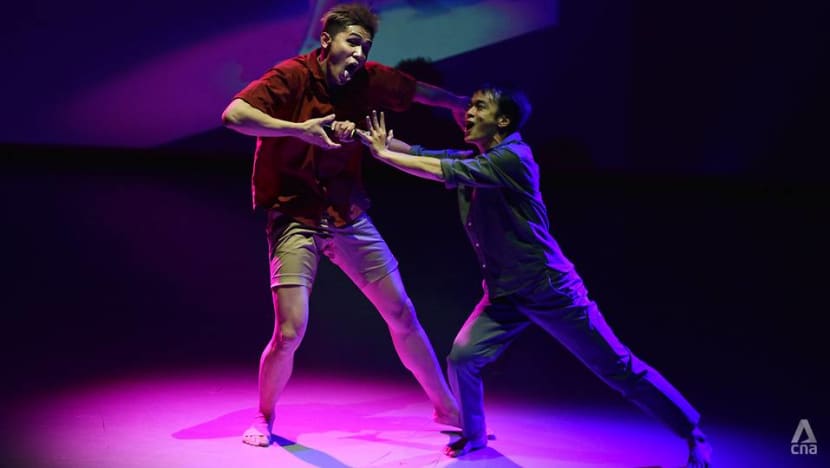
The only way forward is to view digital arts content as a “new medium” rather than a replacement so artists do not feel as if they are “giving up” what they love.
“The eventual goal of digitalisation is to help us cultivate more audiences,” he added. “In other words, digitalisation should eventually bring them back to the theatres when everything (COVID-19) is over.”
NEW NORMAL, NEW CHALLENGES
So there was optimism in the air in February as his dancers warmed up backstage in Our Tampines Hub for their performance commissioned by the NAC as part of its Arts and Culture Nodes Network.
For Brandon, there were no jitters, only excitement. He was looking forward to hearing the applause from the audience. “Audiences do clap on Zoom, but it’s different,” he said with a shy laugh.
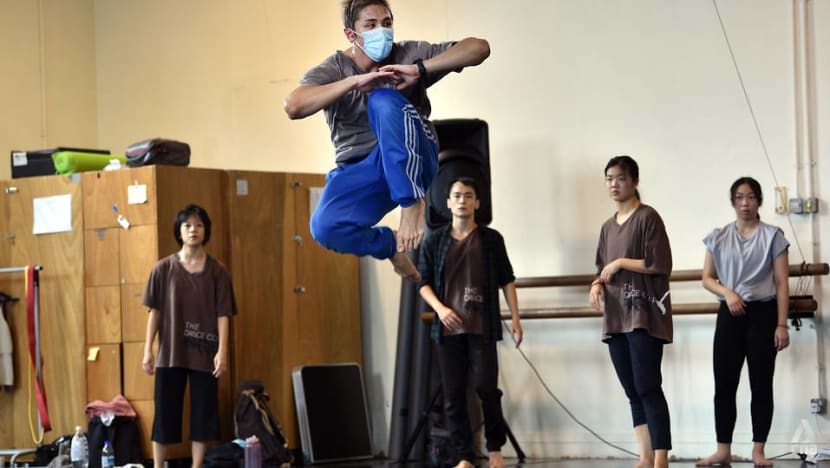
But there are more challenges ahead. The JSS subsidy that has kept the company afloat was reduced this month from 30 per cent to 10 per cent.
The DPG has already been fully utilised, given that companies were required to complete projects by last month.
“We’re already preparing ourselves for a huge reduction in ticket sales this year. So we have to creatively find other sources of income or bring down our production costs,” said Athelyna.
Last month, the Government announced a S$20 million enhancement to the Arts and Culture Resilience Package, or S$35,000 for each organisation that is not already receiving more than 75 per cent of its operating funding from the Government.
“We don’t know yet if we’re one of the selected companies. We’re still waiting for the NAC to inform us,” said Athelyna.
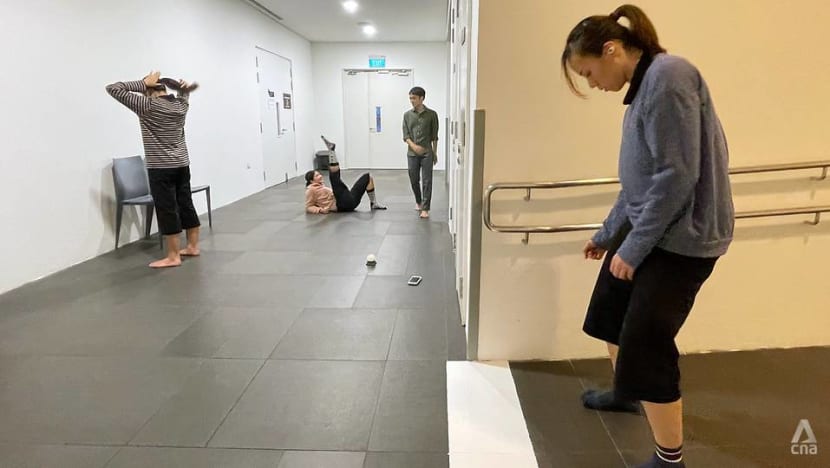
While the audience capacity limit for live performances will be increased from April 24, she is hesitant to comment on the impact it will have.
“If the one-metre safety distance (for) audiences is still enforced, then it really doesn't make any difference to the capacity of our shows, which are usually staged in a black box (theatre) and occasionally in a medium-sized theatre,” she said.
Pre-event testing may even “deter audiences” from watching performances owing to the “additional time and discomfort”, she felt. “This is something we can only assess over time.”
Meanwhile, given Swee Boon’s stand against laying off staff, the company considers that the worst-case scenario is to deliver fewer shows to reduce expenditure. He aims, however, to continue finding ways to capture and build paying audiences via live stream.
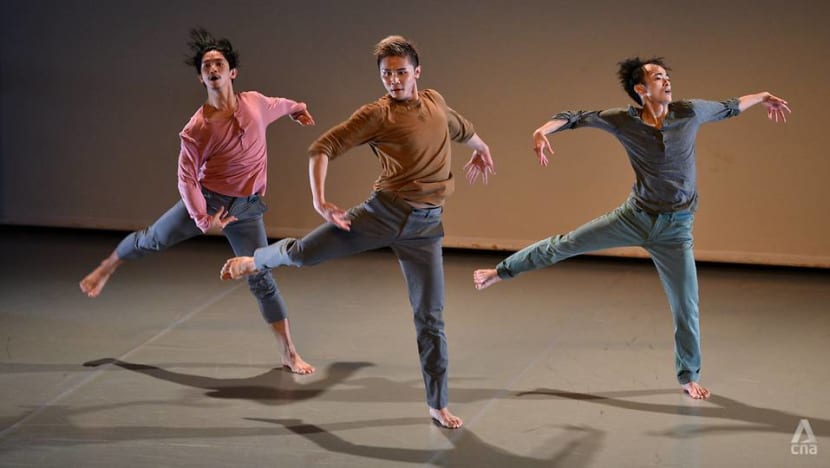
Plans in the works also include investing in more VR headsets to launch a home-rental programme, whereby individuals can acquire a set to watch the company’s VR film from home.
While Swee Boon has embraced the new normal, he questions how sustainable digital art works will be in the long run.
“In five years’ time, if the audience capacity for live performances remains as it is, I can’t accept it,” he said. While acknowledging safety as a priority, he added that it should not be at the expense of cultural spaces.
“It’d be a colossal impairment of the local performing arts scene. Life is multi-faceted; performance art can enrich lives and encourage critical, introspective thinking, which is even more important in a pandemic.”
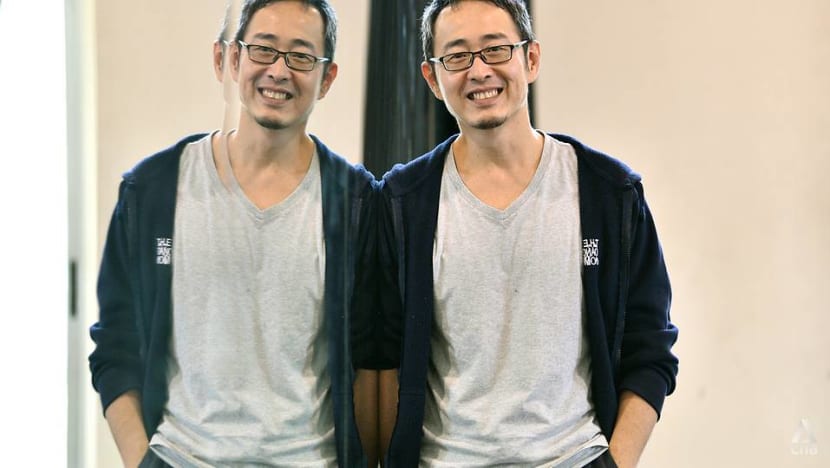
In the meantime, he is putting his best foot forward to push the boundaries of dance — and the platforms on which it can be showcased beyond the physical stage.
“I can’t be certain to what extent we’ll be able to push. But one thing I’m certain about is that we must continue to learn and dare to try,” he said. “Perhaps not be afraid to fail too.”












